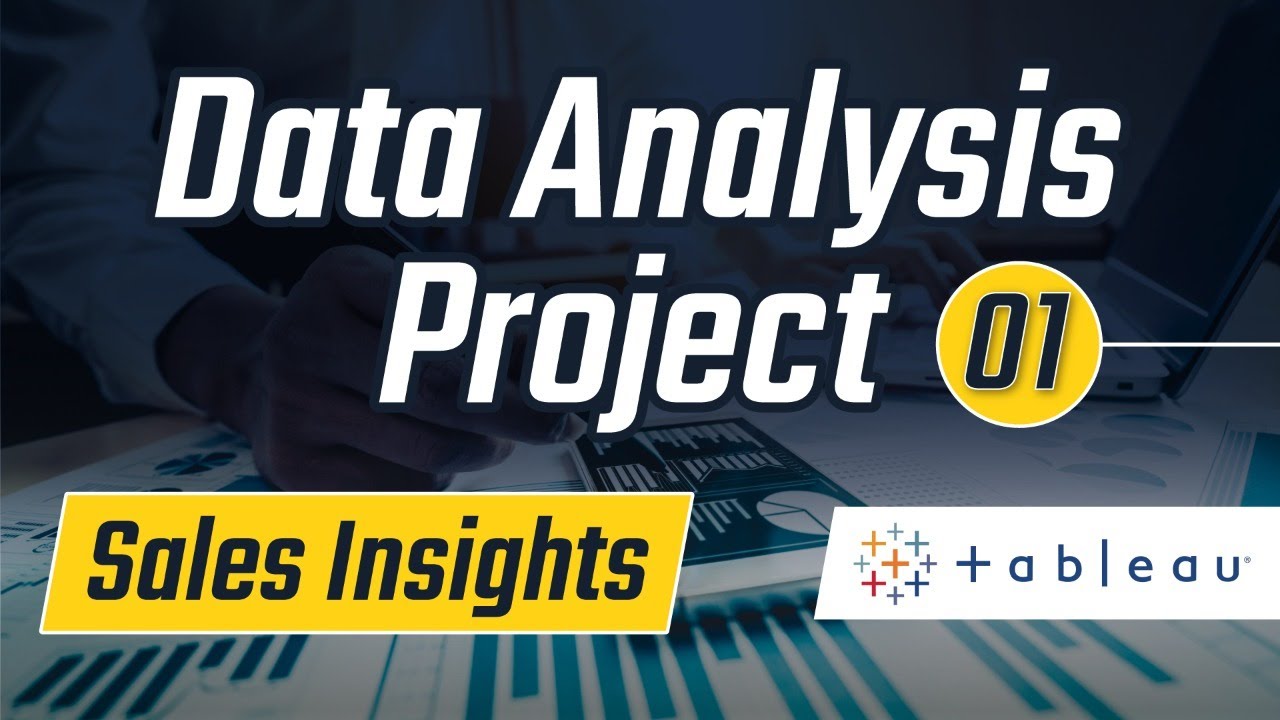Machine Learning & Data Science Project - 1 : Introduction (Real Estate Price Prediction Project)
Summary
TLDRThis tutorial series introduces a real-world data science project for predicting property prices. As a data scientist at a real estate company, you'll learn to build a model using features like square feet, bedrooms, and location. The project includes creating a website with HTML, CSS, and JavaScript for home price predictions. Key data science concepts such as data cleaning, feature engineering, and model building using Python libraries like pandas, scikit-learn, and Flask are covered. The model will be exported and served through a Python Flask server, making it a comprehensive and engaging project.
Takeaways
- 🏢 **Real Estate Focus**: The project is centered around predicting property prices for a real estate company.
- 🔮 **Predictive Modeling**: The task involves building a model to forecast property prices based on various features.
- 🌐 **Global Relevance**: The tutorial mentions both US (Zillow) and Indian (Magic Bricks) real estate platforms.
- 🏠 **Feature Set**: Key features for prediction include square footage, number of bedrooms and bathrooms, and location.
- 📊 **Data Science Techniques**: The project will cover data cleaning, feature engineering, dimensionality reduction, and outlier removal.
- 📈 **Visualization**: Data visualization will be an integral part of the project using libraries like Matplotlib.
- 💻 **Web Integration**: A website will be built using HTML, CSS, and JavaScript for user interaction with the model.
- 🔧 **Model Deployment**: The model will be exported as a pickle file for use in a Python Flask server.
- 🌐 **API Development**: The Flask server will expose HTTP endpoints for the front-end to make GET and POST requests.
- 🛠️ **Tools and Technologies**: The stack includes Python, pandas, Matplotlib, scikit-learn, Flask, HTML, CSS, and JavaScript.
- 🎓 **Educational Value**: The project is designed to be educational and engaging for those interested in data science.
Q & A
What is the main objective of the tutorial series?
-The main objective is to guide through the process of working on a real-life data science project, specifically building a model to predict property prices.
Which company is the data scientist assumed to be working for?
-The data scientist is assumed to be working for a real estate company, with examples given such as Zillow.com in the U.S. or MagicBricks.com in India.
What is the purpose of the model the data scientist is asked to build?
-The model is intended to predict property prices based on certain features such as square footage, number of bedrooms, bathrooms, and location.
What is the 'Zestimate' feature on Zillow.com?
-The 'Zestimate' feature on Zillow.com is a pre-existing feature that provides an estimated price for homes.
What additional feature will be built as part of the project?
-As part of the project, a website using HTML, CSS, and JavaScript will be built to allow users to predict home prices.
Where will the home price dataset be sourced from?
-The home price dataset will be sourced from Kaggle.com, specifically for Bangalore city in India.
What are some of the data science concepts that will be covered while building the model?
-The concepts covered include data cleaning, feature engineering, dimensionality reduction, and outlier removal.
How will the built model be used for predictions?
-The model will be exported to a pickle file and consumed by a Python Flask server to perform price predictions.
What HTTP methods will the UI written in HTML, CSS, and JavaScript use to communicate with the server?
-The UI will use HTTP GET and POST calls to communicate with the server.
What programming language and tools will be used in this project?
-Python will be used as the programming language, with tools such as Pandas for data cleaning, Matplotlib for data visualization, scikit-learn for model building, and Flask for the back-end server.
What will be the outcome of the project for the learner?
-The learner will gain a deep understanding of the data science project lifecycle and hands-on experience in building a predictive model and a web application.
Outlines

This section is available to paid users only. Please upgrade to access this part.
Upgrade NowMindmap

This section is available to paid users only. Please upgrade to access this part.
Upgrade NowKeywords

This section is available to paid users only. Please upgrade to access this part.
Upgrade NowHighlights

This section is available to paid users only. Please upgrade to access this part.
Upgrade NowTranscripts

This section is available to paid users only. Please upgrade to access this part.
Upgrade NowBrowse More Related Video

Praktikum Double Exponential Smoothing

Tableau Project For Beginners | Sales Insights : 1 - Problem Statement

Predict Water Quality with Random Forests Coding Tutorial

How to Select the Correct Predictive Modeling Technique | Machine Learning Training | Edureka

AI Project Ideas for Final Year | Top 22 AI Project Ideas 2024 | AI Project Ideas for Beginners

Forecast menggunakan Orange Data Mining
5.0 / 5 (0 votes)